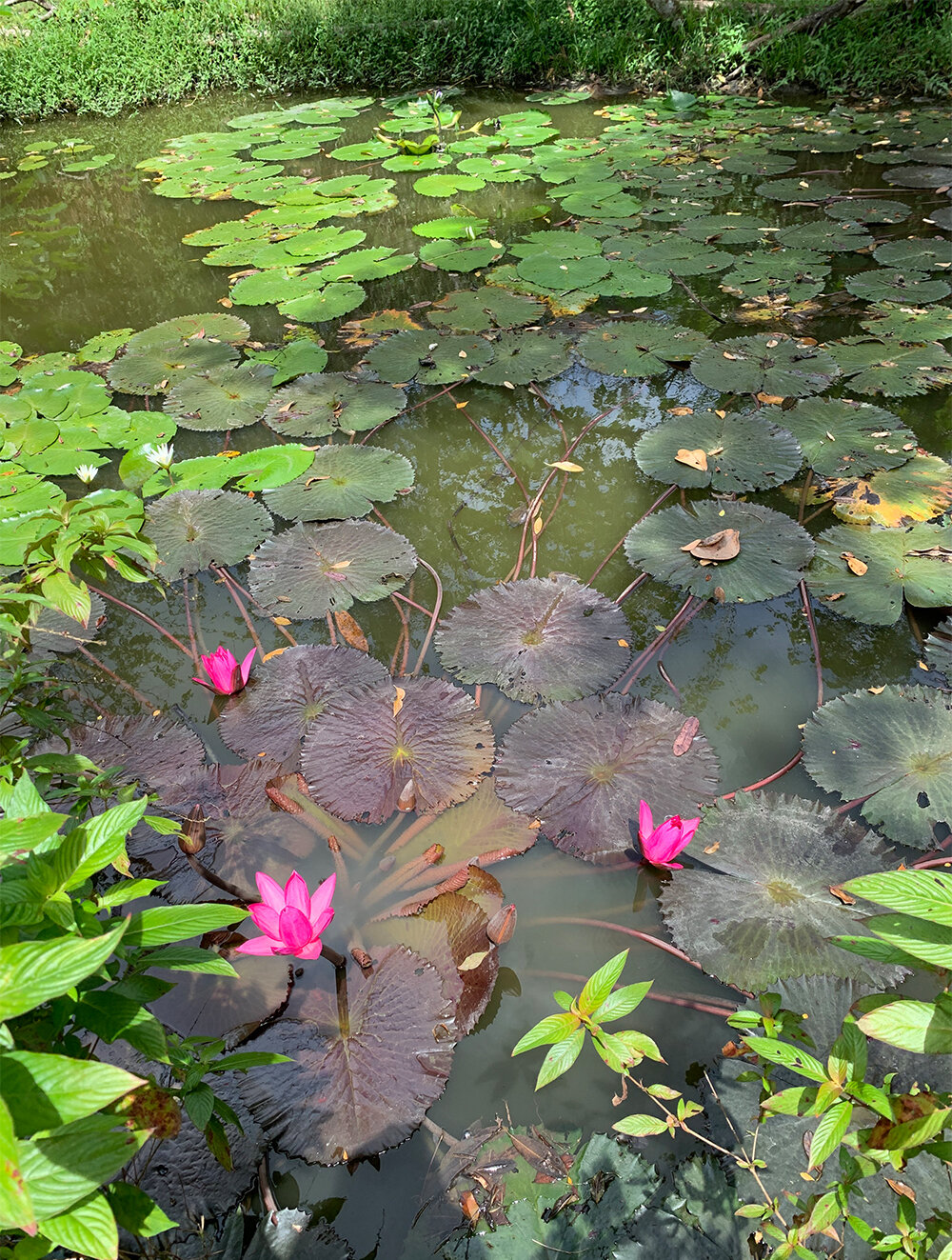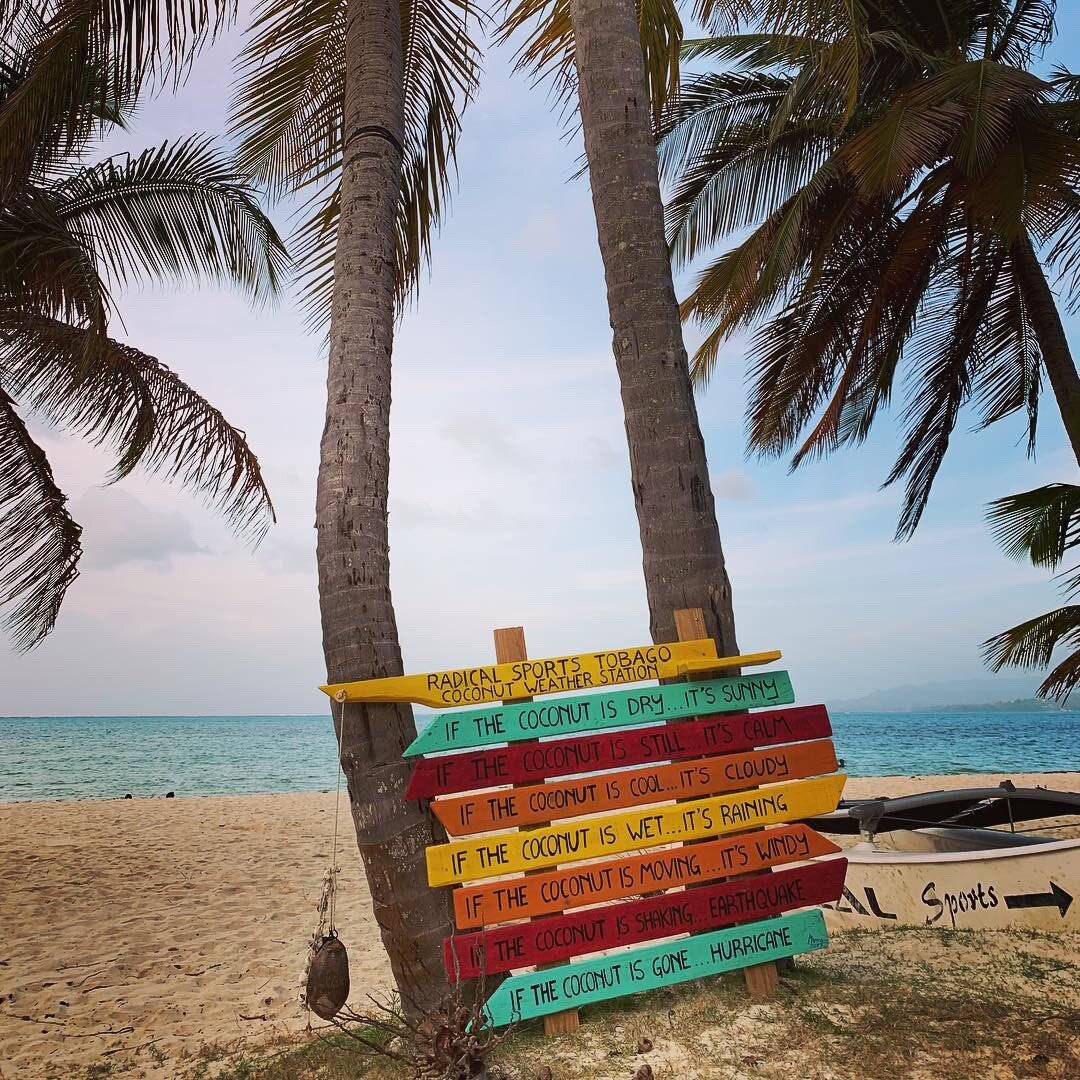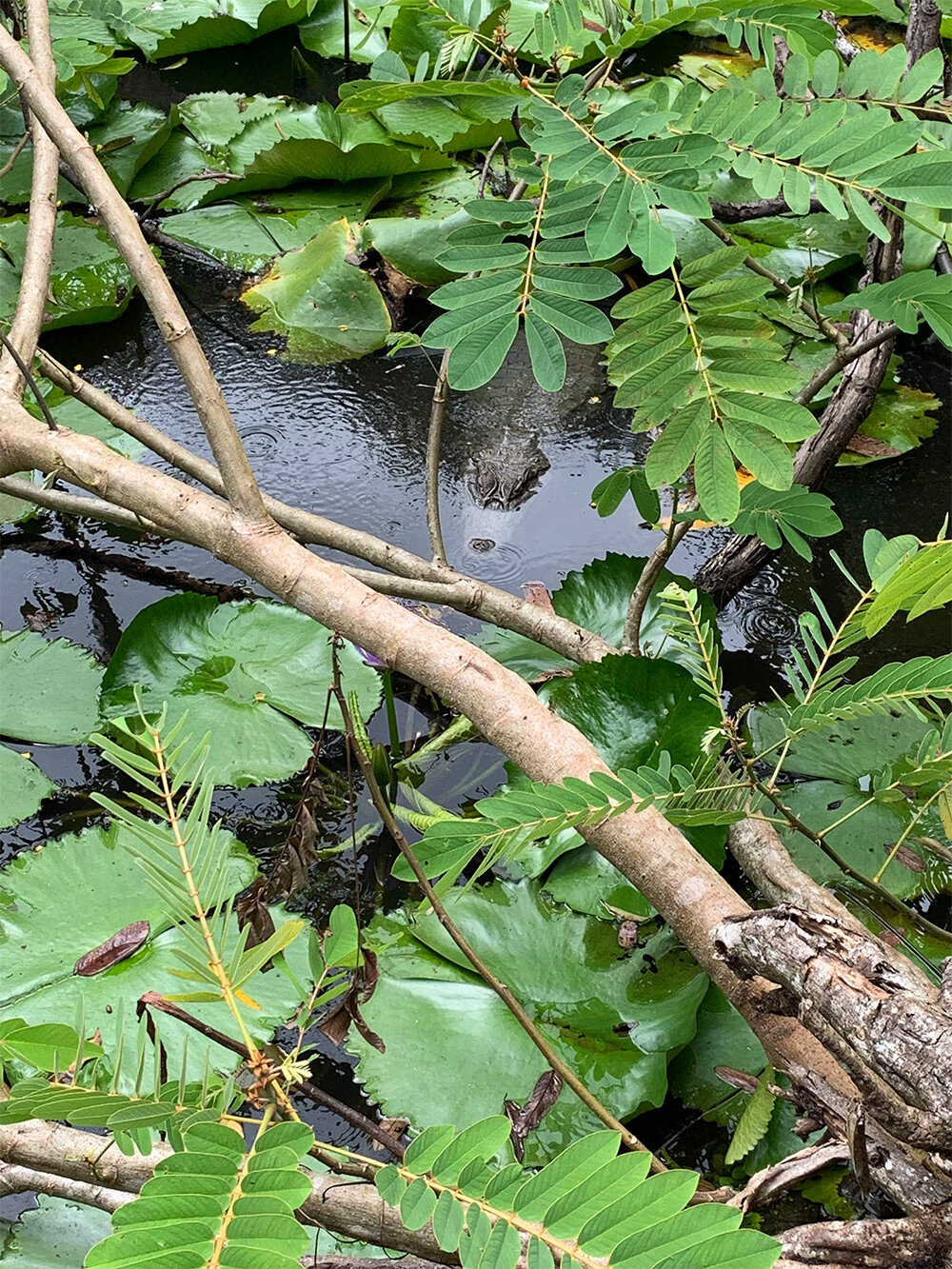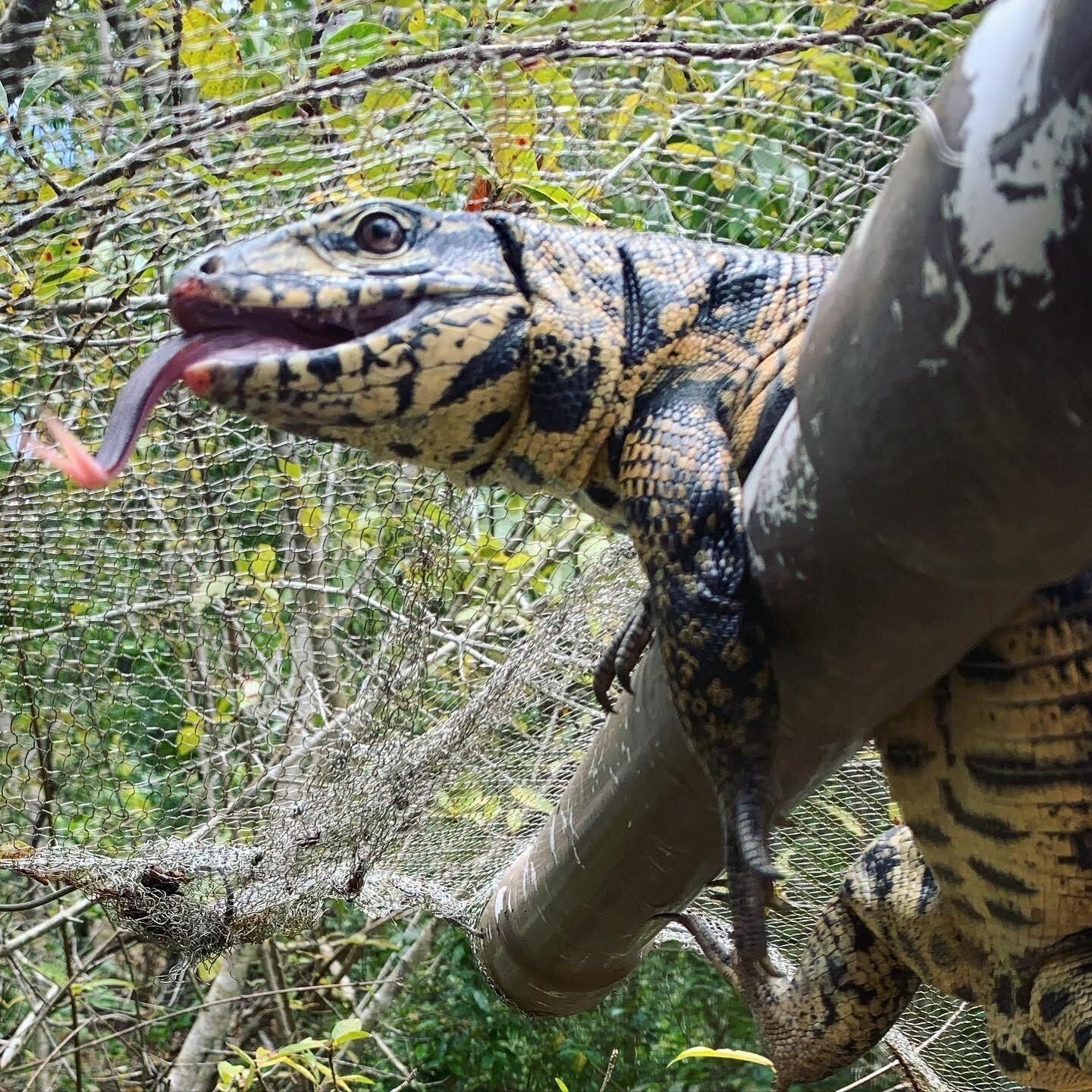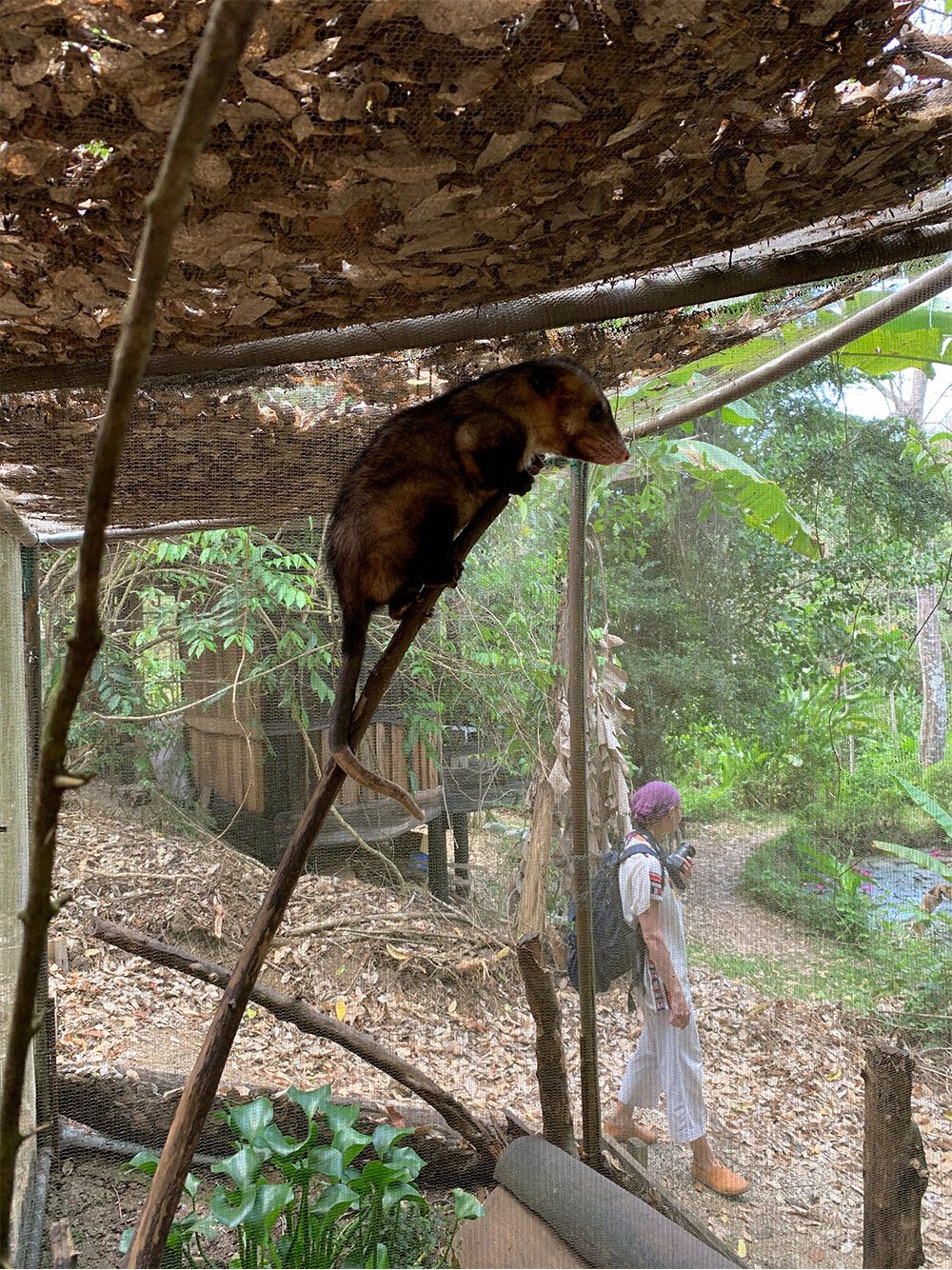The art of conservation
In March 2019 I spent three weeks on the island of Tobago. Partly, the trip was a continuation of explorations of my family heritage (my father was Trinidadian) but it was also time out to create without deadlines - an open-ended artist retreat without intended outcome, just the opportunity to experiment with plein-air painting in the tropics.
Armed with a suitcase full of art materials and a pick up truck with which to pootle around the island, I originally planned to spend a lot of time around the Main Ridge Forest Reserve. This area was protected by law in the 1770’s - one of the earliest acts of environmental action in the world - so I was interested to see how it was being cared for in 2019. Sadly, after talking to several locals, it transpired that legal hunting is one of the key drivers behind a sharp decline in forest wildlife and that this is having a knock-on effect on the wider ecosystem. For example, many people pointed out to me how few butterflies they saw on the island these days, and it’s true that when I visited seven years ago I saw greater variety and numbers… This was vital information I couldn’t have easily gleaned from online research in the UK.
But, disappointing as that was, by luck these conversations led me to Corbin’s Local Wildlife - a conservation park nestled in the hills and valleys near Hope Bay. It’s funny how these things tend to work out. Rather wonderfully, the founders Roy and Ian invited me to undertake an artist residency on their land and so I ended up spending 10 days painting and sketching and exploring Corbin’s Local, even becoming part of their guided tour (“the lesser-spotted London artist!”)
While there I learnt about the astonishing amount of work these two men have undertaken (literally blood, sweat and tears) to create a safe home for some of the most endangered animals on the island. Their backgrounds are very different. Ian, an Irish artist, landscape architect and environmental activist, spent decades campaigning and writing about forestry issues in Ireland (even taking the government to court at one point.) When the two men met - serendipitously - Ian persuaded Roy on the value of focusing solely on celebrating Tobagan wildlife, rather than bringing in exotic species to create a zoo. Ian brought to the mix a passion for creating spaces that are as species-rich as possible, whilst Roy, a Tobagan reformed-hunter now-conservationist, brought to the project a deep understanding of animal habitats and behaviours, as well as a rich knowledge of local stories and folklore relating to the islands flora and fauna. Today, he passionately shares this knowledge with tourists and locals alike; there is an element of reconnecting (particularly young) islanders to their ancestry and landscape that I really enjoyed about Roy’s tours of the project. For many, Corbin’s animals are only really familiar as bush meat so having an up-close and personal encounter with the animals in their natural habitat has the potential to be transformative. Roy and Ian report hearing children leaving vowing not to eat the native wild animals again.
Ian leading a trek through the Main Ridge forest.
In meeting them both, it struck me how one can meet creative partners in the most unlikely of places and times, and how these meetings truly can be catalysts for the most exciting of endeavours. The combination of their complimentary experiences has resulted in a new, safe place on the island where endangered animals are now being cared for, bred and ultimately re-released into the wild - and they’re not only catering to tourists but also engaging and educating local hunters and school children.
It’s incredible what individuals can do when we put our minds to it. While it’s relatively early days at Corbin’s, I’m excited to see how the park develops as it becomes more established, and the knock on impact this might have beyond their 20 acres of land... From ocelots, armadillos and sally painters to caiman, manicous and agoutis, the park is absolutely teaming with wildlife - with animals outside of the rescue/breed programme actually coming into the park of their own free will now, as it is a place of sanctuary away from the hunters in the main forest. Butterflies, too, are tentatively returning as they plant up diverse wild grasses and flowers largely cleared for farm land in other parts of the island.
This experience left me with many-an-idea for future paintings. Hope Bay indeed. I highly recommend a visit if you’re in T&T!




